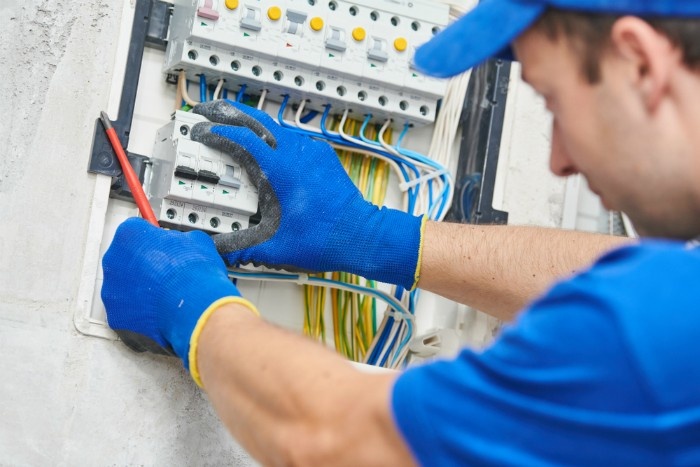
Patients that receive PEG feeding will have a PEG tube inserted directly into their stomach. The tube allows all food, fluids and medications to pass directly into the digestive tract. As a PEG tube goes directly into the stomach it can be used for people that have difficulty swallowing food or liquids. It may also be used if there is a danger of’aspirating’ on foods. This is when foods’go the wrong way’ and can end up in the patient’s lungs causing problems. PEG feeding allows people to receive all the essential nutrients, maintain a healthy weight and improve overall wellbeing and quality of life. It can sometimes be used when individuals are unable to take in adequate nutrition themselves, e.g. if somebody has severe anorexia. Though PEG feeding was initially developed for children, it’s now commonly used for both adults and children of all ages. Are you hunting about peg feeding training? View the earlier talked about site.
The decision to fit a PEG tube will always be made on an individual basis after discussions with the patient and the multi-disciplinary team. When someone only needs temporary enteral tube feeding it is sometimes possible to pass a thin tube through the nose to the stomach. However, if the person requires longer-term enteral feeding, PEG feeding could be considered. Generally speaking, PEG tubes are better tolerated than NG tubes. They have fewer interruptions and are easier to use and they also have fewer risk/complications compared to NG tubes. The PEG tube is frequently more comfortable and is relatively straightforward to care for and handle at home. Many people choose a PEG tube since they are a discreet alternative, which can be easily hidden under clothes. On the day of the procedure, patients shouldn’t eat for six hours and will have to stop drinking clear fluids two hours before the procedure. In most hospitals, when the patient arrives on the ward a cannula or small needle will be placed in the arm or hand, before being transferred through to a dedicated Endoscopy Unit. The procedure does not require a general anesthetic, even though some patients may be given a sedative.
A mouth guide will be positioned in the patient’s mouth, and the endoscope then passes through the mouth to the stomach. During the procedure, suction equipment is used to remove saliva and other secretions in the throat. An antiseptic solution and local anesthetic will be applied to the patient’s stomach. The tube is then placed into the stomach with an exit made through the abdominal wall. A little plastic disc on both the inside and outside stops the tube from becoming dislodged, with the entire procedure usually taking between 20-30 minutes. If you’re caring for a patient with a PEG tube you must pay meticulous attention to hand hygiene and other facets of infection control. Wash your hands carefully and always wear gloves and an apron, when administering the food or carrying out a task which involves touching the tube. The tube and the surrounding area must be cleaned each day with soap and water and thoroughly dried. The tube should also be flushed before and after each enteral tube feeding, to reduce the possibility of blockages or infections developing.





